FEAST OF THE EXPECTATION OF THE BLESSED VIRGIN MARY – 18 DECEMBER

December 18 was a special day in the Church’s calendar to contemplate what Mary felt in the days leading up to Jesus’ birth.
Historically the Church, specifically the local church in Spain, celebrated a fascinating feast on December 18 called “The Expectation of the Blessed Virgin Mary.” It can be traced back to the 7th century and was originally the feast of the Annunciation.

At that time special feast days during Lent were not allowed and so instead of transferring the feast of the Annunciation from March 25 to a random day during Easter, the Church decided to transfer it to the Advent season. The date of December 18 was picked and the feast remained focused on the mysteries surrounding the Annunciation for several centuries.
By the 17th century the regulations during Lent were relaxed and the Church saw it more fitting to celebrate the Annunciation in March than in December.
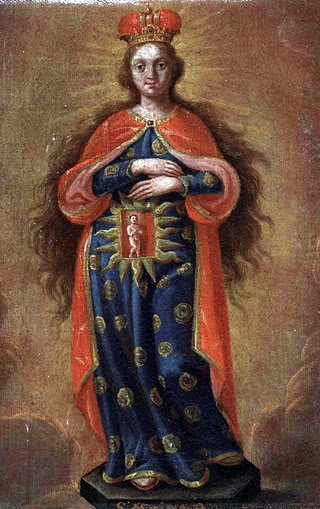
They transferred the feast back to its original date, but in Spain they kept December 18 as a special day dedicated to the Blessed Virgin Mary.
Its celebration was even given an octave, making each day before Christmas a special day in honor of the Blessed Mother.

What she must have been feeling and thinking
Dom Gueranger explains how “the faithful were requested to consider, with devotion, what must have been the sentiments of the Holy Mother of God during the days immediately preceding her giving him birth. A new Feast was instituted, under the name of the Expectation of the Blessed Virgin’s Delivery.”
Furthermore, Gueranger adds that a tradition arose surrounding this feast day where, “A High Mass is sung, at a very early hour, each morning during the Octave, at which all who are with child, whether rich or poor, consider it a duty to assist, that they may thus honor our Lady’s Maternity, and beg her blessing upon themselves.”
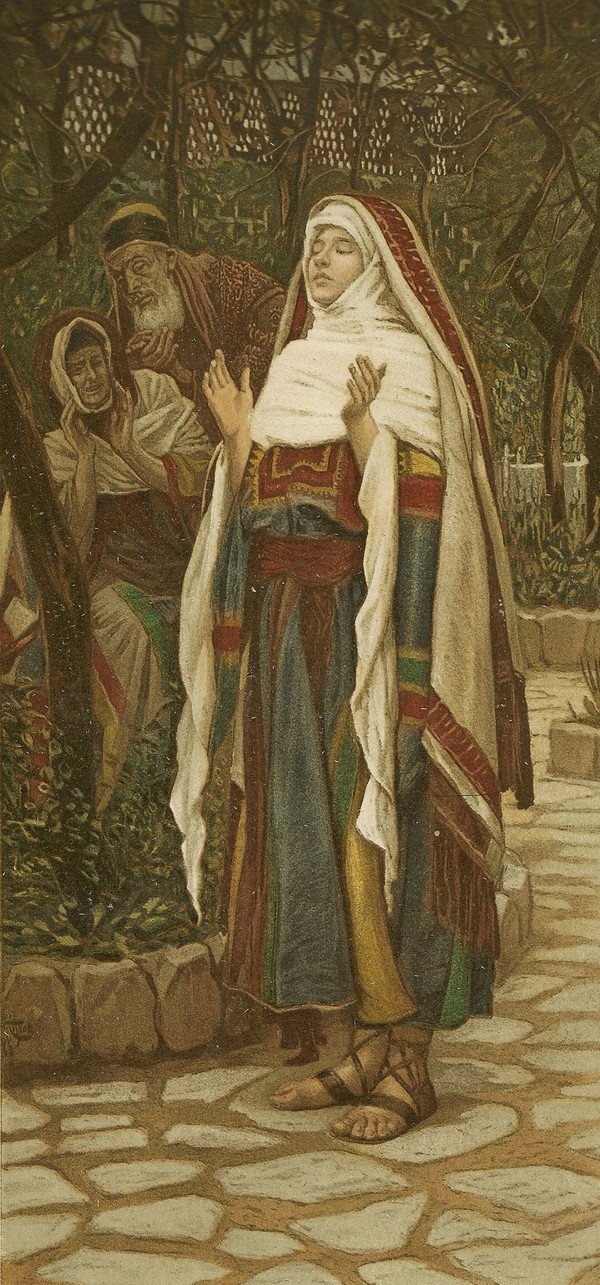
Pondering in her heart
The celebration of this feast is no longer on the universal calendar, but it does highlight an important historical reality. It invites the faithful to envision what it was like to be the Blessed Virgin Mary, about to give birth to the Savior of the world.
The feast heightens the anticipation of Christmas and makes the last few days of Advent unique opportunities to meditate on what Mary must have been pondering in her heart.
The feast owes its origin to the bishops of the tenth Council of Toledo, in 656. The accompanying of the expectant mother of Jesus became a prominent theme that spread throughout the Iberian Peninsula and Italy during the Middle Ages. A High Mass was sung at a very early hour each morning during the octave, and it became customary that all who were with child would attend, that they might honor Our Lady’s Maternity, and seek a blessing upon themselves.
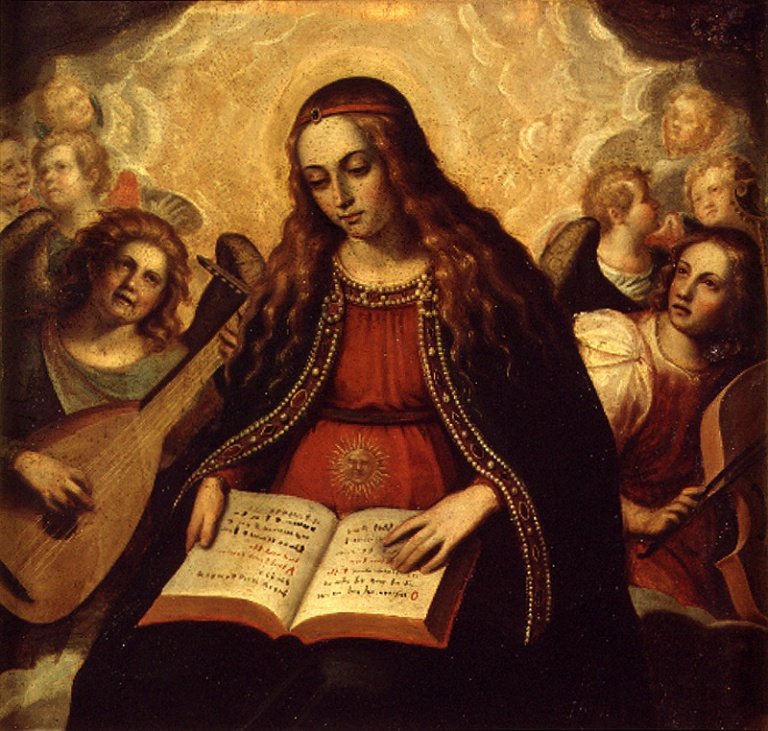
“The feast heightens the anticipation of Christmas and makes the last few days of Advent unique opportunities to meditate on what Mary must have been pondering in her heart.” It is sometimes joined with a novena beginning on December 16 and ending on Christmas Eve.
We can imagine Mary’s nine-month journey as one of wonder and anticipation but given the circumstances she found herself in, we also know of her difficult journey, the doubts of Saint Joseph, the anxiety that she must have experienced during that time.
But Our Blessed Mother demonstrated not only patience but also forbearance and deep trust in the Lord. She knew the road would not be easy—in fact, that her joy would almost certainly be linked to suffering throughout her life—but in hope and confidence placed her life in the Lord’s hands. As she prepared for the birth of Jesus, Mary emptied herself, allowing her body and soul to be filled with the grace and spirit of the Lord. During Advent, we pray for a similar experience, that we might approach the birth of Our Saviour with hope and confidence.
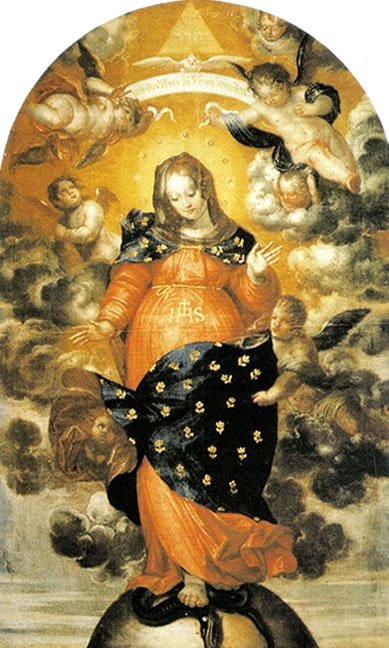
The votive Mass of “Our Lady of Expectation” is theologically enlightening and spiritually enriching for the time of Advent and Christmas. With the entrance antiphon, the Church prays with the prophet for the coming of the Just One from heaven that the earth may be ready to welcome the Saviour: “Send victory like a dew, you heavens, and let the clouds rain down the just. Let the earth open for salvation to spring up” (Is 45:8).
In the opening prayer, the Church offers the prayer to God through Mary’s intercession:
“O God who wished that your Word would take the flesh from the womb of the Virgin as announced by the Angel and whom we confess to be the true Mother of God, may we be helped by her intercession.”

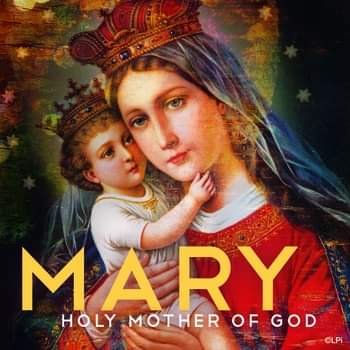

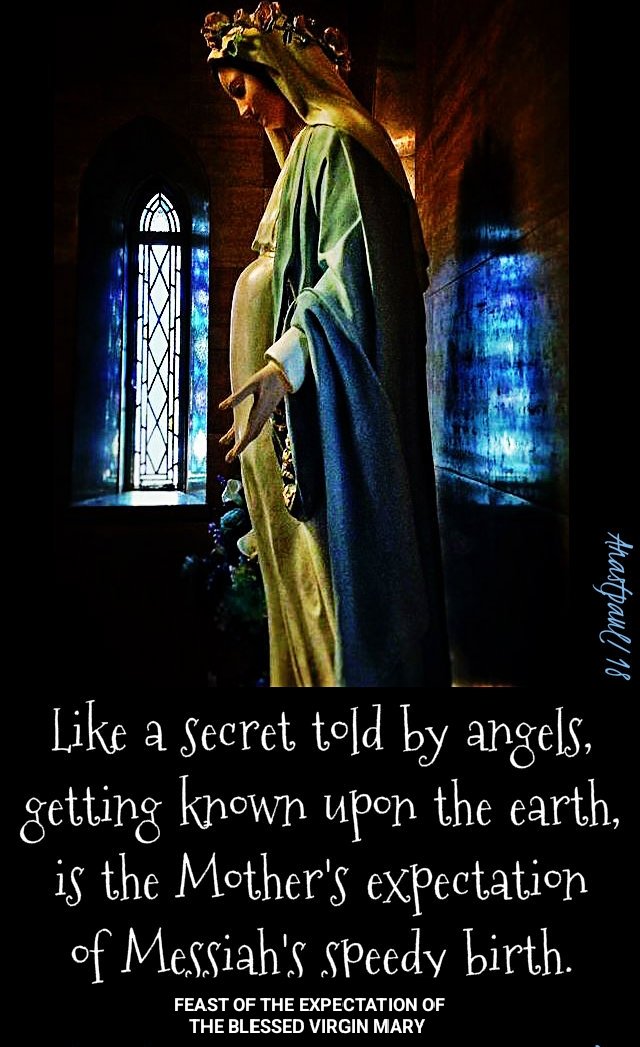
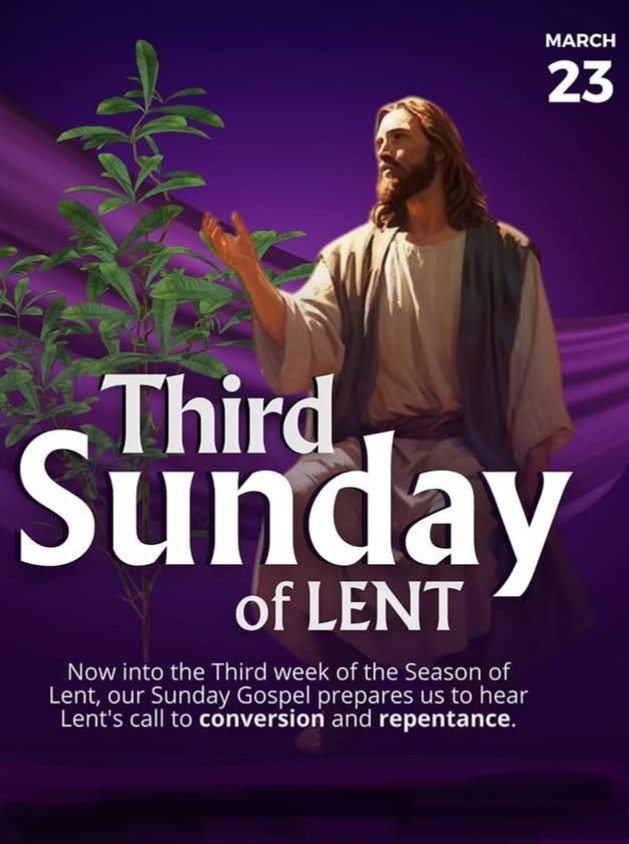
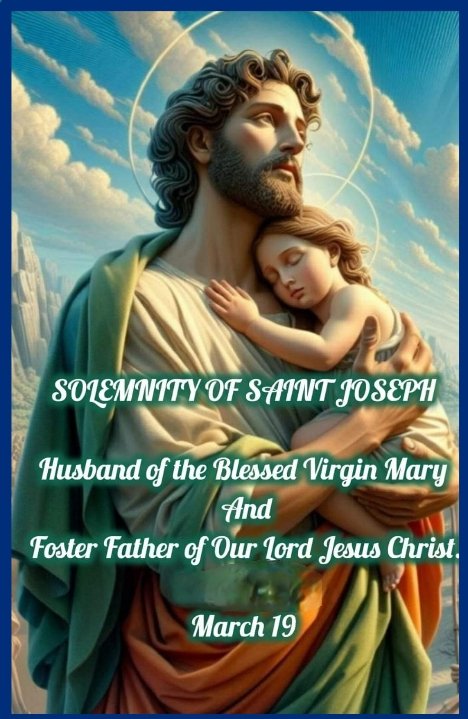



1 Prayer
My husband wants me to conceive a son which is not in my hands. Please pray for me